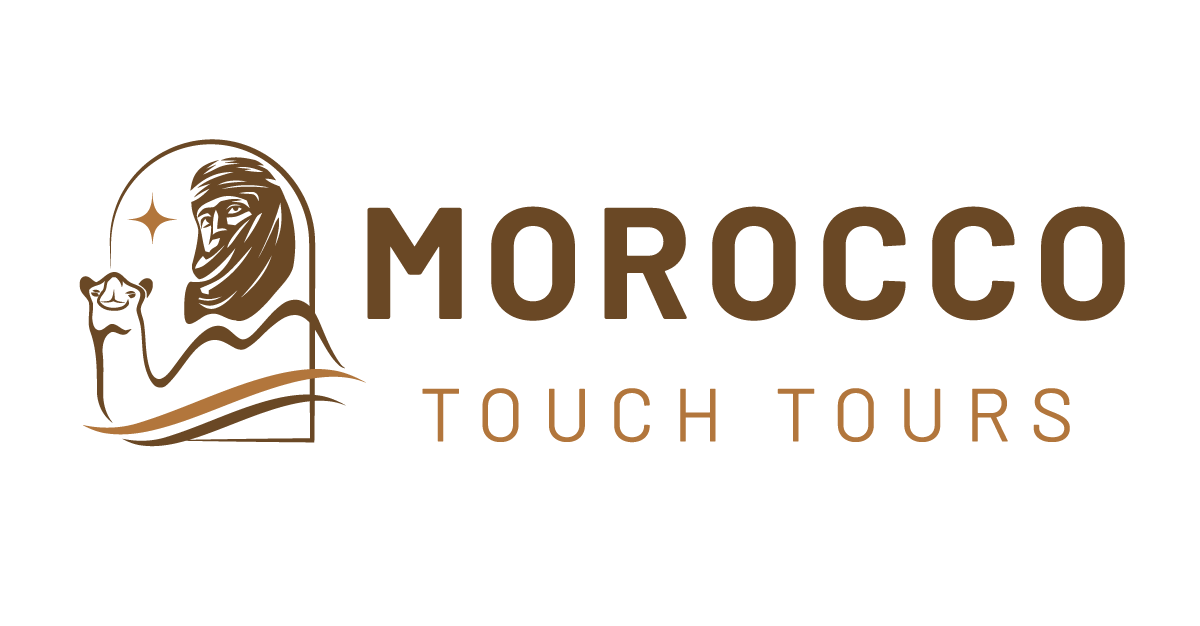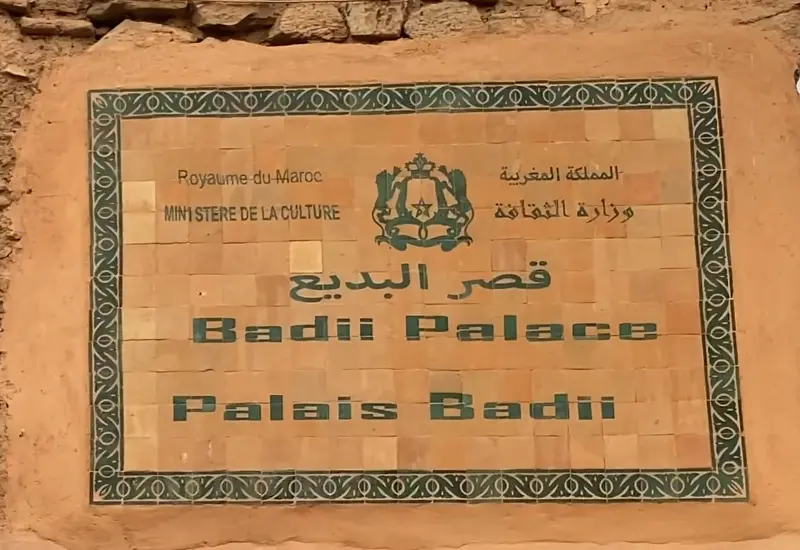El Badi Palace in Marrakech is not just a historical monument; it’s a testament to the grandeur of the Saadian Dynasty. Built by Sultan Ahmed El Mansour to celebrate his victory over the Portuguese, this palace was once a symbol of immense power and wealth. Although much of its original structure has been lost to time, the palace still stands as a remarkable example of Islamic art and architecture. This comprehensive guide aims to offer you an in-depth look into the palace’s history, architectural brilliance, and tips for an unforgettable visit.
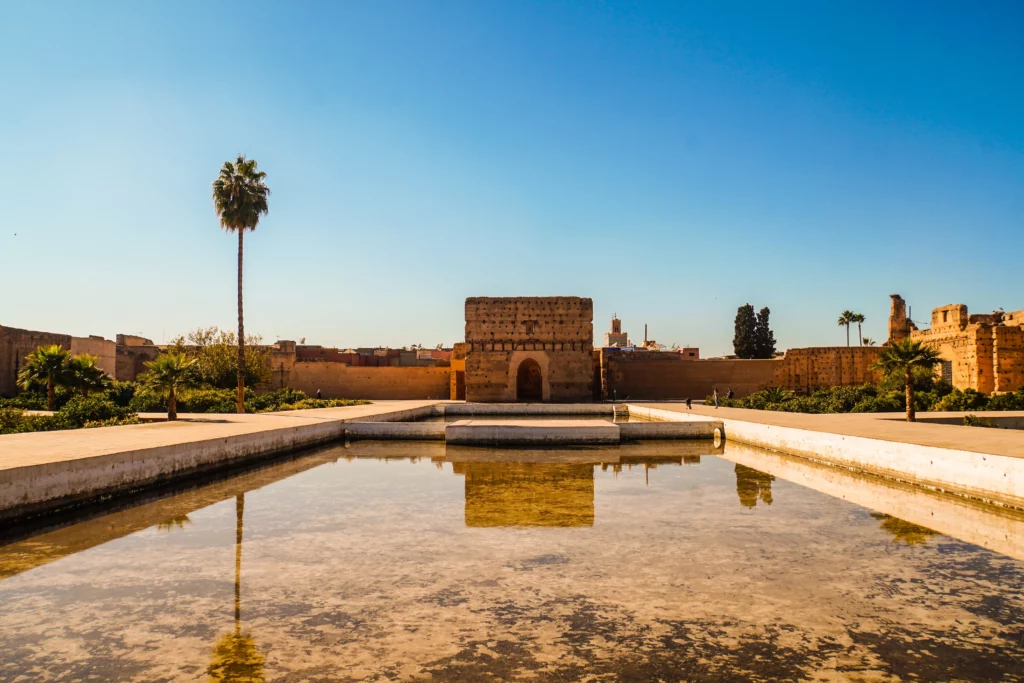
The Historical Significance of El Badi Palace
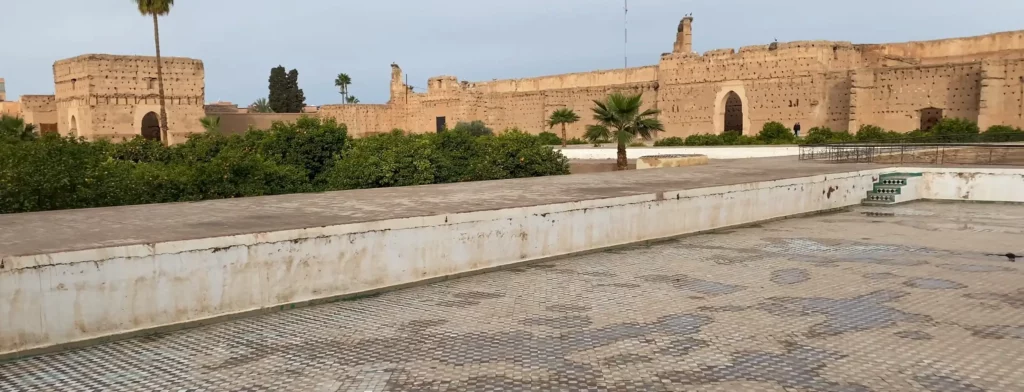
The Rise of the Saadian Dynasty
The Saadian Dynasty emerged as a powerful force in Morocco, especially after their victory over the Portuguese in the Battle of the Three Kings. Sultan Ahmed El Mansour, one of the most influential rulers of the dynasty, initiated the construction of El Badi Palace in 1578, which continued until 1603.
The Architectural Marvel
El Badi Palace was a masterpiece of its time, employing the finest materials from around the world. From Carrara marble from Italy to cedar wood from the Atlas Mountains, the palace was a global endeavor.
The Fall and the Rise
After the death of Sultan El Mansour, the palace faced years of neglect and was eventually looted. However, recent archaeological efforts and 3D modeling have helped to revive its past glory.
The Architectural Grandeur
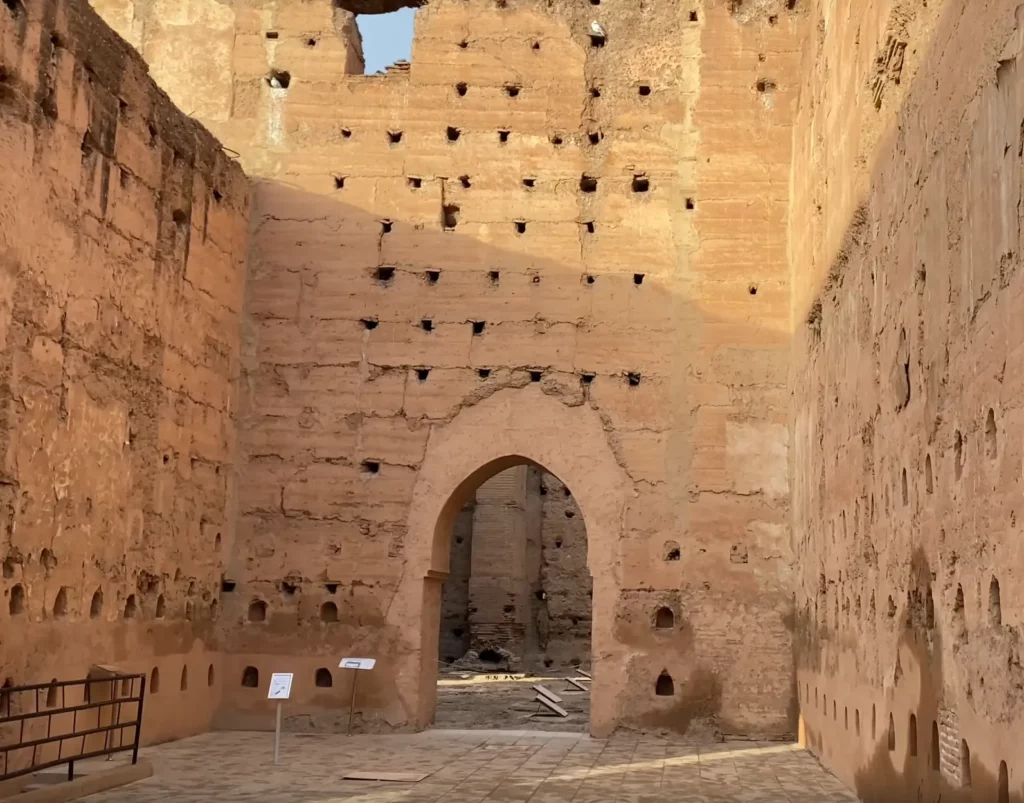
The Layout
The palace complex is vast, featuring 21 courtyards and basins. The inner courtyard alone measures 135m by 110m, with a 90m long by 20m wide pool at its center.
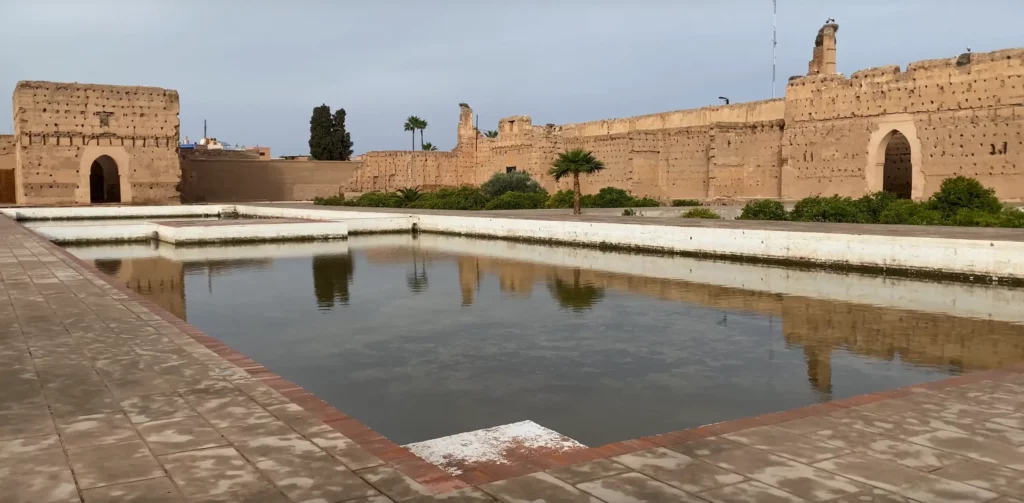
The Pavilions
The palace houses various pavilions, each serving a specific purpose. The Audience Pavilion was used for diplomatic meetings, while the Crystal Pavilion was for private use.
Underground Marvels
The palace also had an intricate system of underground corridors that allowed servants to move without being seen. These basements housed hammams, kitchens, and even a prison.
Tips for Tourists: Making the Most of Your Visit
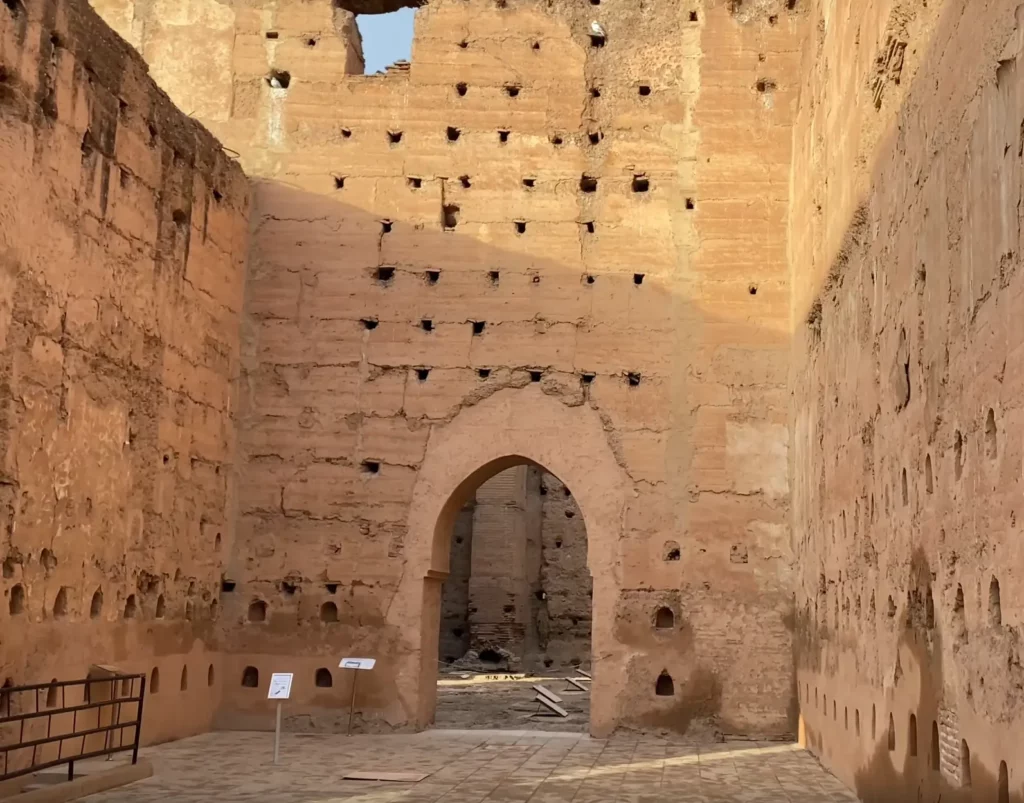
Best Time to Visit
The palace is open every day from 9 am to 5 pm. The entry fee is 70 dirhams.
What to Look Out For
Don’t miss the Minbar, a preaching chair from the 12th century, made of cedar wood and decorated with silver inlays.
Nearby Attractions
After your visit, consider exploring the Bahia Palace and the Mellah district, both of which are in close proximity to El Badi Palace.
Practical Information
Opening Hours: 9 am to 5 pm
Entry Fee: 70 dirhams
Location: Accessible from the Place des Ferblantiers, near the Bahia Palace
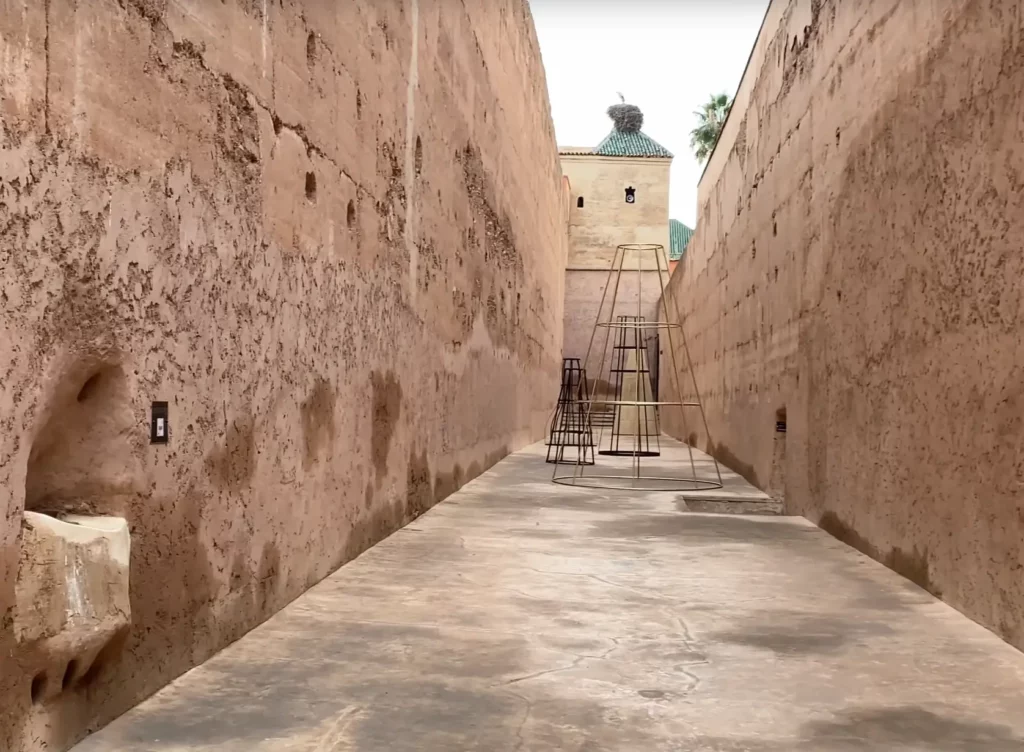
El Badi Palace is more than just a tourist attraction; it’s a journey through Morocco’s rich history and architectural prowess. Whether you’re a history buff or simply looking to explore Marrakech’s cultural landmarks, El Badi Palace offers an experience that is both educational and awe-inspiring.
So, are you ready to step back in time and explore this architectural marvel?
